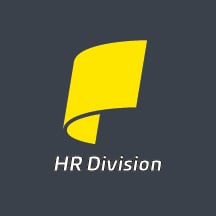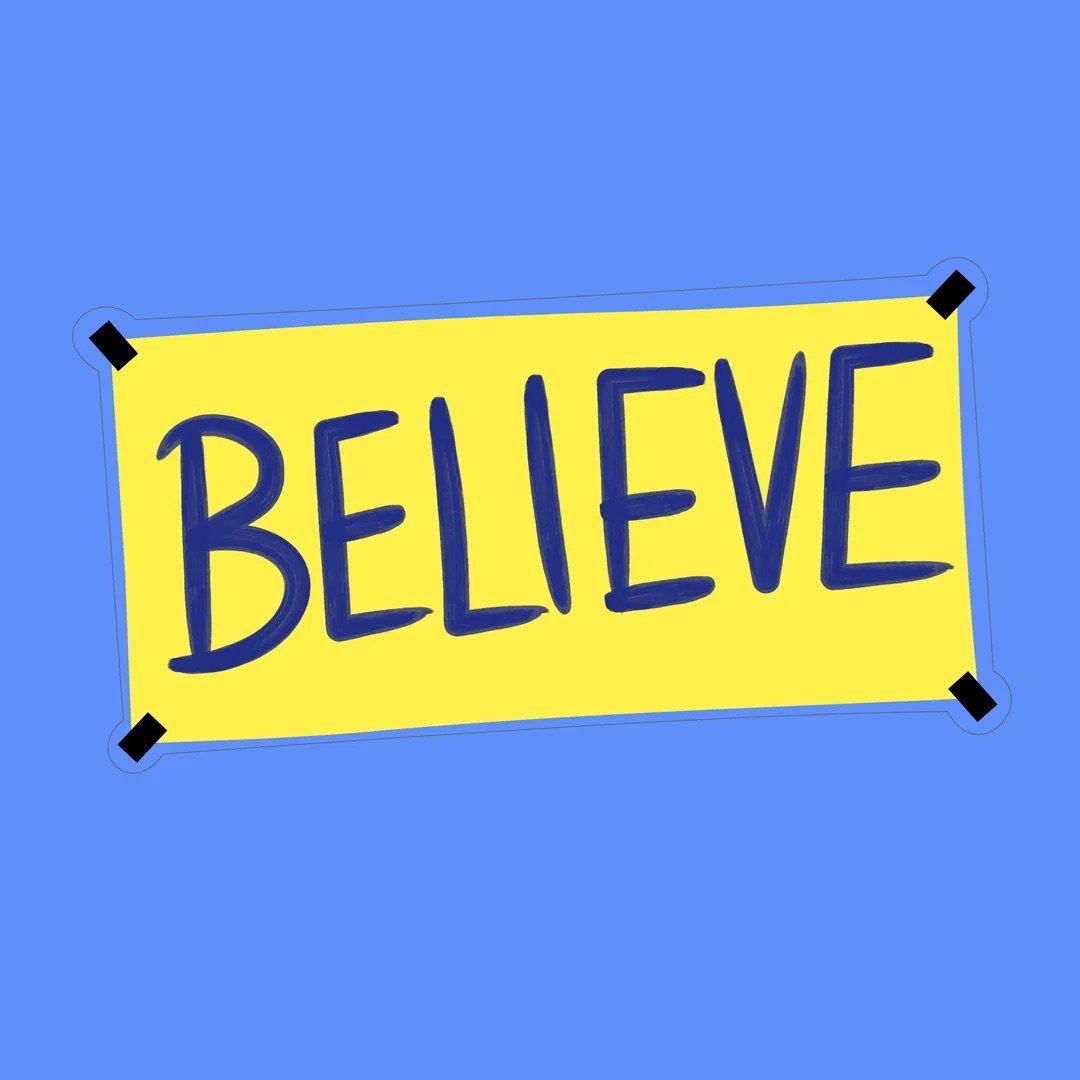I recently conducted an Interview Skills training for several clients. Though they were in very different businesses, they were all plagued with the same problem. They were having difficulty finding qualified and self-motivated employees. During the training, I heard several horror stories about applicant interviews and subsequent hirings gone wrong. People were hired based on their “fashion sense,” by matching keywords on a resume, and because the manager liked their Facebook profile. These tales pointed to a common organizational weakness: the managers lacked the understanding of the biases involved in hiring and the basic skills and techniques that can help to overcome them.
Let’s begin with a review of the typical tools used to screen applicants. Most of these tools are characteristically subjective.
Resume
A resume can be judged very differently depending on how the information is displayed, whether certain facts are left out, and the degree to which jargon and acronyms make the document understandable.
Solution: Create a customized company application, which can be a better tool for collecting applicant information in a complete and systematic manner. The application should elicit the precise information you need for all applicants to evaluate their education, skills and experience.
Phone Screen and Face-to-Face Interview
A phone screen can also be a very subjective experience, depending on how the words and the tone of voice of the applicant are perceived by the interviewers. Most of us imagine how a person looks based only the telephone communication, and then, find we were quite wrong!
Research shows that the subjective judgements made by the interviewers within the first few minutes of the interview strongly influence the ultimate hiring decision! The answers to the subsequent questions help to confirm the interviewer’s subjective judgements that lead to the decision to hire or not. Therefore, the candidate’s appearance and communication manners have an unjustifiable weight in the hiring decision in the majority of cases.
Solution: Prepare a standard list of questions based on the Bona Fide Occupational Qualifications (BFOQ). The phone screen and face-to-face interview (both are viewed as employment tests by law) will then be more reliable and valid. Begin by analyzing the competencies required for the employee to be successful in the job. then formulate a list of questions designed to find out if the applicant has ever demonstrated those competencies in past roles.
Using a list of questions designed to gather evidence of the necessary skills will be a better predictor of future success. This will also keep the questioning based on purely job-related skills and requirements.
Realize that no candidate is perfect. Use questions that require applicants to talk about negative past experiences that taught them improvement was needed. Finding employees who want to continue to learn and grow is a desired skill and a competitive advantage.
Further Reading: Mastering the Interview
Employers who use multiple interviewers in the selection process can benefit from using a standard Candidate Evaluation Form. This allows all interviewers record their personal ratings of the specific qualifications of the candidate. When the group meets to discuss the relative merits of several candidates, or even just one, they will know where they agree and disagree on their ratings.
Background Checks
Applicant background checks, drug screenings, credit checks and criminal history reviews also pose employment risks for employers. The authorization and disclosure requirements as well as privacy rights of applicants have made this complicated for employers depending on the state regulations.
Solution: Provide a background check disclosure composed by or approved by an attorney in your state. A background check disclosure and authorization is now required to be separate from the application process, so this is normally separate step taken only on applicant finalists.
Also, when a decision is made not to hire is based on something found in the background check, adverse action correspondence is required. Provide the background report and the agency that reported it to the applicant. This allows the applicant to pursue corrections in the information gathered if the report is misleading.
Reference Checks
The risk of discrimination may be present in how reference checks are authorized and conducted.
Solution: Ask the applicant to authorize reference checks as well as background checks. The information received in a reference check can be subjectively perceived, so again, a standard set of criteria should be used in gathering this information.
Job Description
Before starting the recruiting process, managers need to evaluate and update the job description used in recruiting for the position they are trying to fill.
Solution: Make sure the job description contains the job's qualifications, the essential duties and responsibilities required of the position. These qualifications and duties will help define the competencies and performance skill requirements that dictate the kinds of questions to include in the prepared list of interview questions.
In addition, include an “at will” statement, and a statement indicating that the company complies with legal requirements to accommodate individuals with disabilities. This job description can be used to help applicants understand the job during the selection process.
Organizational Culture
There is one place where subjectivity helps in the selection process. The organizational culture fit should also be a factor in the selection process. Managers who are working within the culture will have a better sense of candidates who are more likely to “fit in” with the people they will be working with.
It is critical to properly train all managers involved in the hiring process and to use appropriate and effective tools that reflect the specifics of the job and the organization. These investments can minimize the risks of discrimination claims, and reduce poor and costly hiring decisions.










